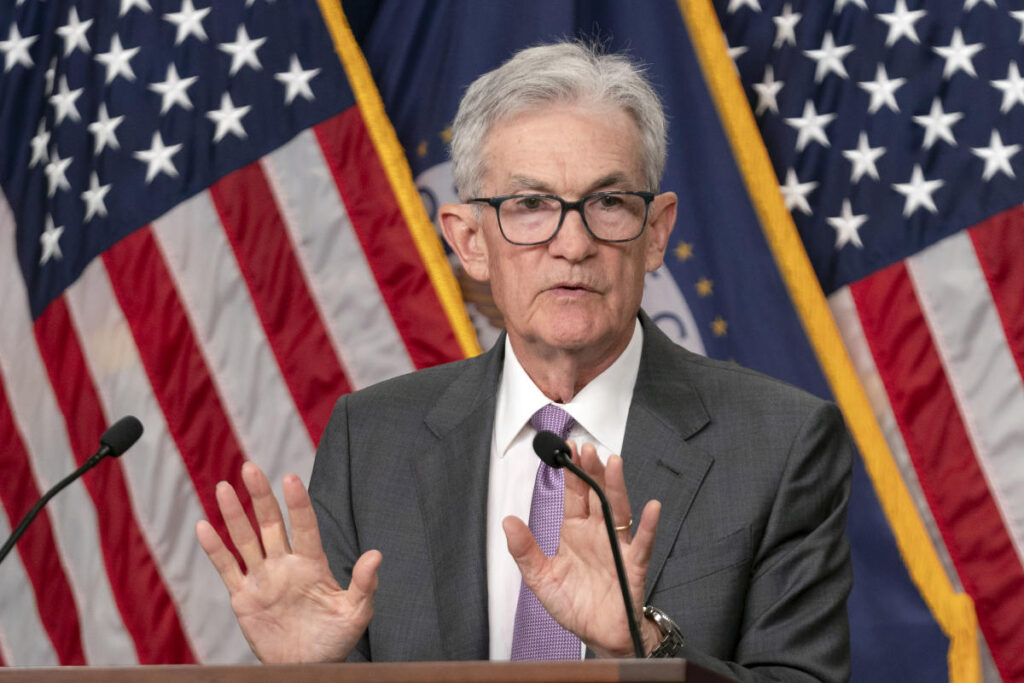On December 18, 2024, the Federal Reserve implemented its third consecutive rate cut, decreasing the target federal funds rate range by 25 basis points to between 4.25% and 4.50%. This marks a cumulative decrease of a full percentage point since the Fed began its rate cuts earlier in the year. The aim of these cuts is to provide economic relief amid high credit costs that have burdened many Americans, especially concerning credit card debt. However, consumers should remain cautious, as various factors influence interest rates on credit cards, and a decrease in the federal funds rate may not yield the anticipated relief. Despite the rate cut, many consumers face credit card APRs near 25% or 30%, suggesting limited impact from the Fed’s adjustments, emphasizing the need for proactive debt management.
While lower federal interest rates often lead to reduced credit card rates, these changes might not be significant. For instance, previous rate cuts in early 2020 saw the federal funds rate drop dramatically from 1.50%-1.75% to 0.00%-0.25% in response to pandemic challenges; however, the average credit card interest rate only fell slightly during that period. As of August 2024, average credit card rates had climbed to approximately 21.76%. Compounding the issue is a widening gap between the lending rates banks extend to their prime customers and the rates charged by credit card companies, which have skyrocketed since 2020. This situation indicates that, even with potential future reductions in the federal funds rate, consumers’ credit card APRs might remain high due to these historical margins.
For those managing credit card debt, taking immediate action rather than waiting for further rate cuts is advisable. Consumers can begin by checking their current APR, which is accessible through online accounts or monthly statements. Additionally, individuals may inquire about a lower APR with their issuers, particularly if their credit score has improved since their application. However, it’s crucial to note that relying solely on minimum payments can perpetuate high debt levels; it is always beneficial to pay more than the minimum required payment whenever possible to reduce overall debts more effectively.
Consumers facing credit card debt could also consider balance transfer credit cards, especially if they have a favorable credit score. These credit cards typically offer an introductory 0% APR on transferred balances for a specified period (usually between 12 to 21 months). Although there might be a balance transfer fee ranging from 3% to 5%, the savings on interest can be substantial in comparison to keeping the balances on high-APR cards. Some recommended options include the U.S. Bank Visa® Platinum Card and the Citi Double Cash® Card, both of which provide competitive terms that could aid consumers in paying down their debts more efficiently.
Another crucial step in managing credit card debt is refraining from further expenditures while trying to pay off existing balances. Consumers are advised to consider using cash or debit cards to avoid the temptation of overspending on credit cards, which can negate any possible rewards earned through responsible card usage. For those facing overwhelming long-term debt, seeking credit counseling could be beneficial. Organizations like the Consumer Financial Protection Bureau or nonprofit credit counseling groups can offer assistance in budgeting, debt management strategies, and realistic spending plans, particularly for individuals lacking strong credit scores who may not qualify for advantageous financial products.
Overall, while the Federal Reserve’s recent rate cuts present encouraging news for borrowers, the broader implications for credit card interest rates remain uncertain. The complexity of factors influencing these rates necessitates proactive management of personal debt. By exploring balance transfer options, adjusting spending habits, and seeking professional guidance when necessary, individuals can take charge of their financial situation, reducing the burdensome nature of credit card debt and circumventing the reliance on external economic conditions.

